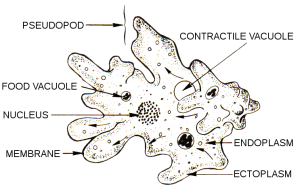
Amoebas are the first unicellular organisms to walk, rather crawl this earth and are the simplest unicellular organisms. Organisms are generally classified into groups based on their physical appearance, number of cells, types of reproduction they undergo. The presence or absence of a nucleus in the cell differentiates them into prokaryotes or eukaryotes.
Amoebas are shapeless organisms and are made up of only one cell as their body. They have two cell walls, one outer cell wall and an inner cell wall. They feed by phagocytosis which is why they are called as heterotrophic. Amoeba feed on planktons and diatoms present in water. As amoebas have no fixed shape they usually form a pseudopodia (false arm like structure required to grab the food) which pulls the prey inwards towards the body of the amoeba making it easier to ingest food. When food enters the amoeba, it digests the food particle with the help of certain enzymes and uses up the important nutritive portion whereas the waste products are expelled out through the cell wall of the amoeba. Amoebas carry out all the functions within that one cell including both catabolic (breaking down of food to obtain energy) as well as anabolic (using up energy for other higher processes) functions. Amoebas also have a contractile vacuole present within them. This vacuole helps in adjusting of the shape of the body and the water content of the unicellular organism based on the water content of the outer environment. It helps in regulation of the water in the amoeba cell. Many a times if an amoeba is placed in a salt water body it shrinks as all the water travels from the amoeba to the salt water body, but if it is placed in a fresh water body then all the water comes into the amoeba cell thus causing it to swell excessively and eventually even burst. Locomotion of amoeba is through pseudopodia again which are projectile extensions from the body needed for movement as well as for ingestion of food. For the formation of the pseudopodia, it throws its ectoderm (outer layer) followed by the endoderm (inner layer).
Reproduction in amoeba is asexually through mitosis and cytokinesis which is a characteristic feature of the eukaryotes. Prokaryotes reproduce exclusively through binary fission. Eukaryotes are those organisms in which the cell body contains a nucleus whereas prokaryotes are those organisms in which the cell body does not contain a nucleus. In amoeba, the reproduction is carried out under the instruction of the nucleus thus making it a eukaryote organism. In eukaryotes, the cell multiplies by mitosis, i.e. the daughter cells formed contain one set of chromosomes from the parent cells and is exactly identical to that of the parents. All these features are that of eukaryotes and are fulfilled by amoeba cell structure. There is presence of DNA in the true nucleus of these eukaryotes. Thus, amoeba is a eukaryote organism, not prokaryote.
Summary: All the characteristics of the amoeba essentially match the group of eukaryotes and hence, amoebas are eukaryotes. This also leaves us with evidence that amoebas are not prokaryotes as is wrongly thought by people.

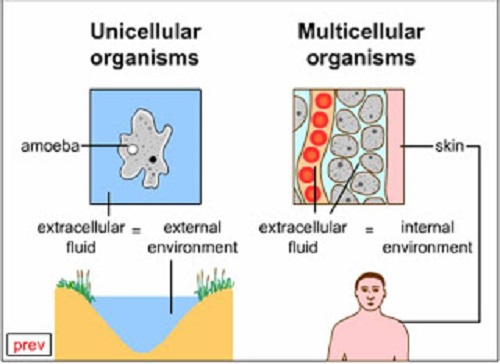
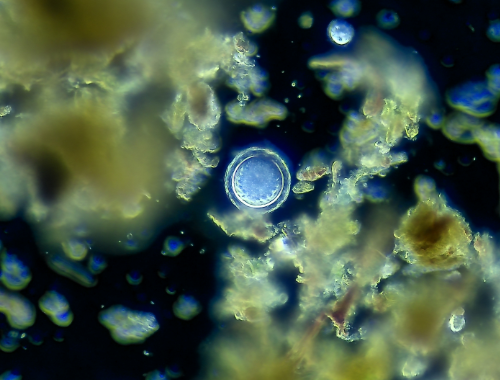
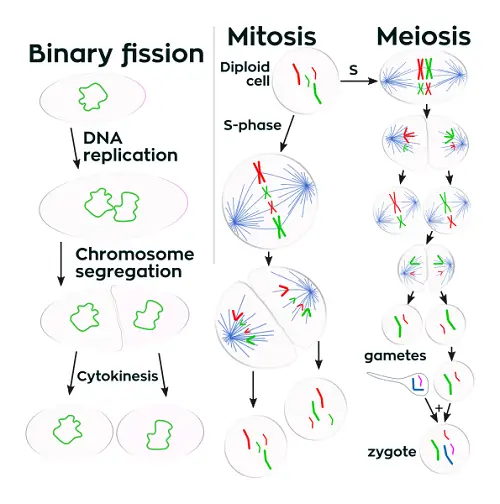
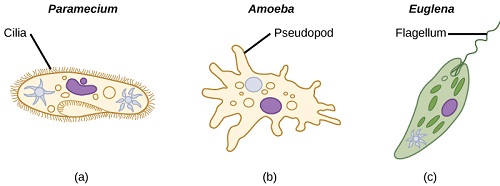
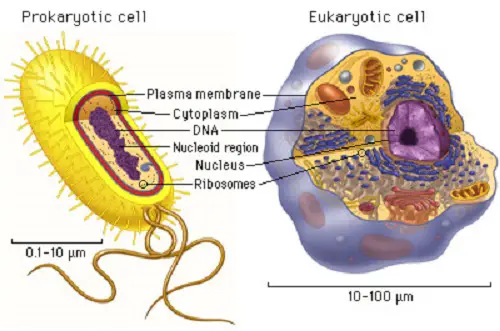
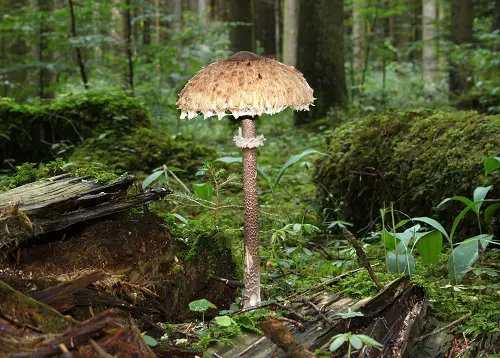





Leave a Reply